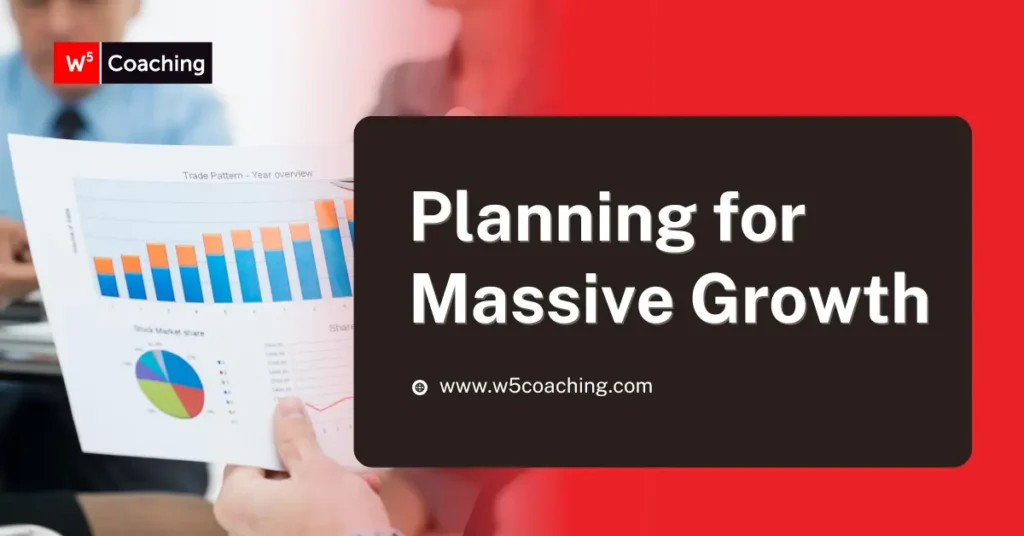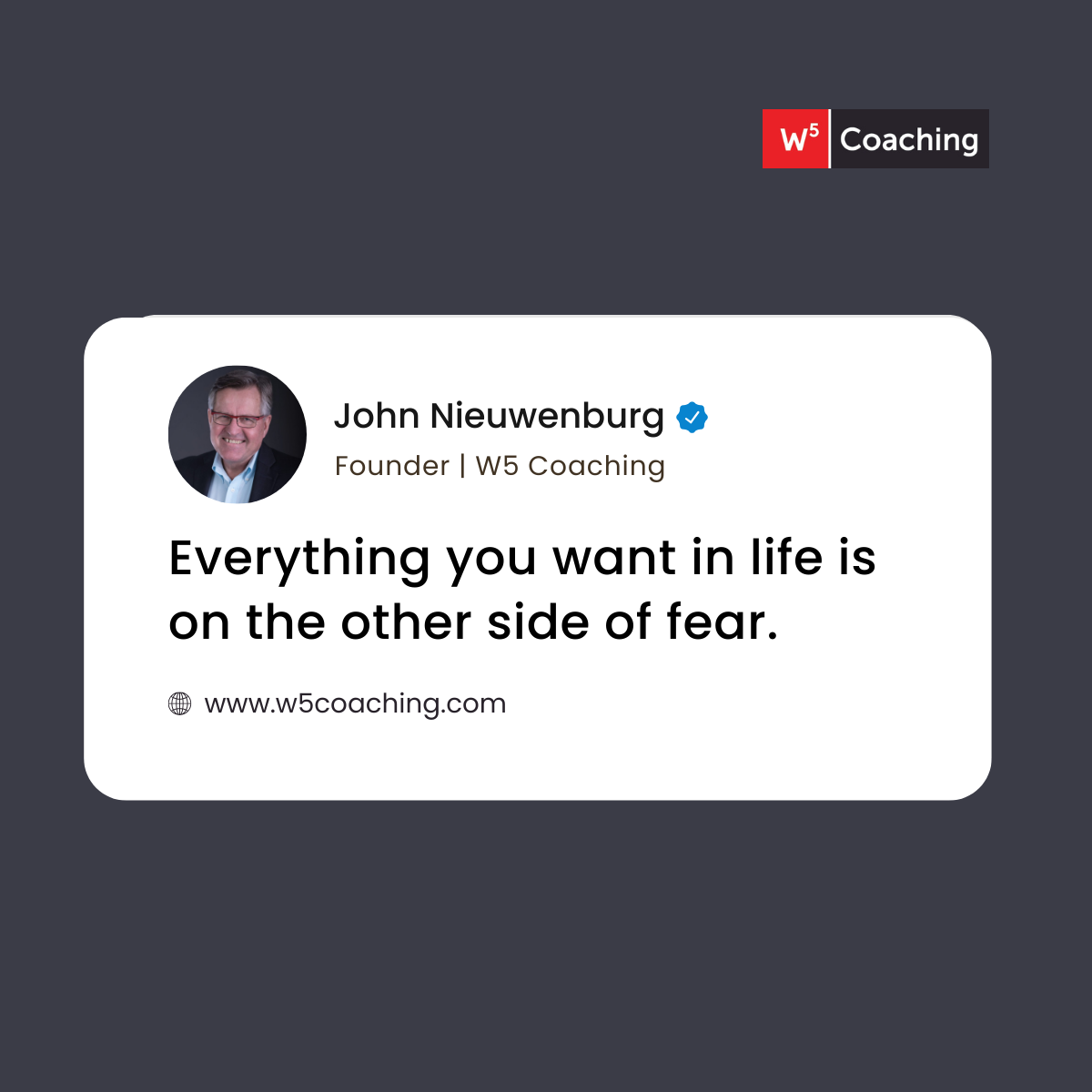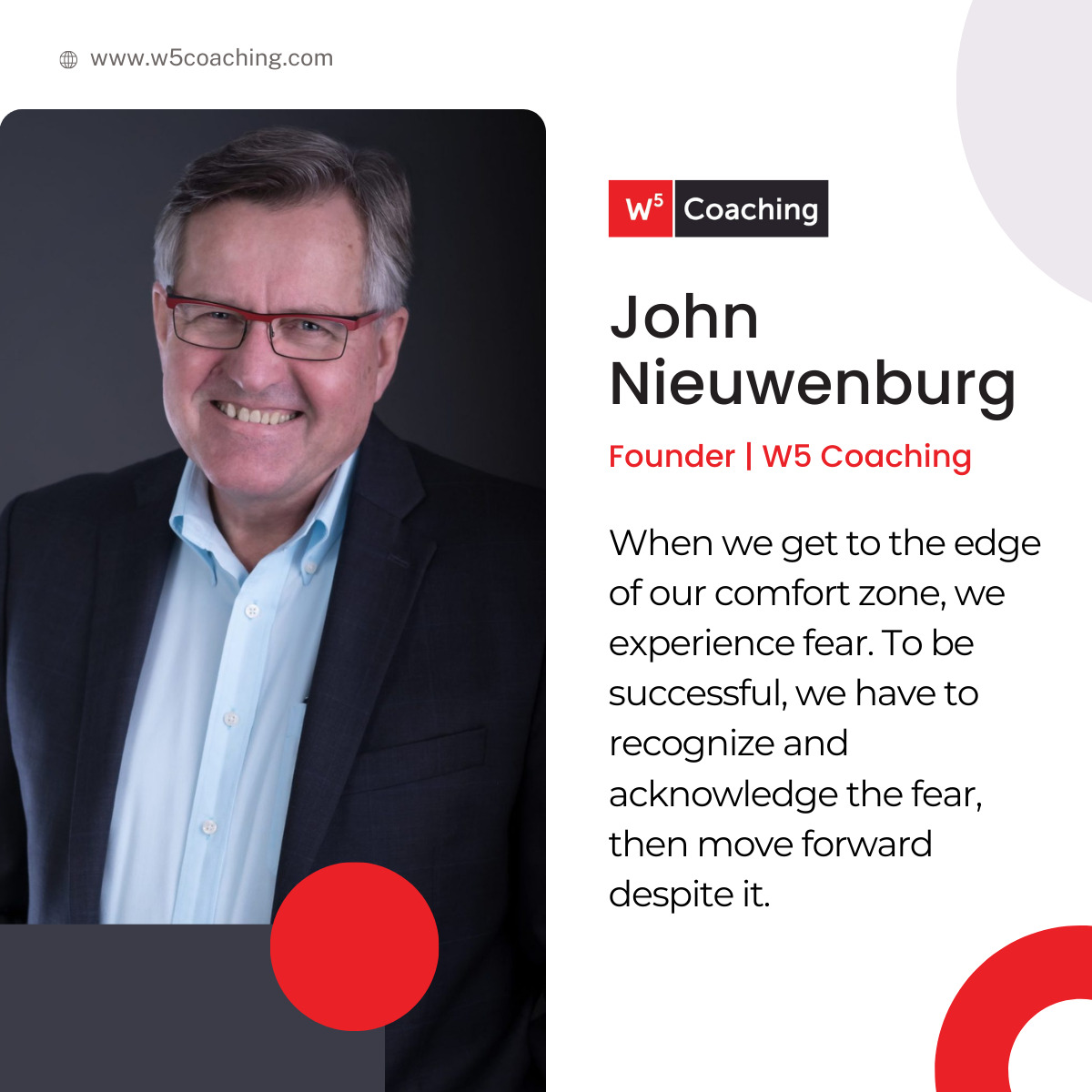Conquering the Growth Cliff: Effective Planning Strategies for Small Business Owners

I’ve found that small business owners don’t usually take planning for growth as seriously as they should.
And if they do, it’s often more as a short-term exercise.
Instead of really thinking about how their business could thrive over the long term – and what they need to do to make that happen – they’re just too caught up in the day-to-day hustle.
It’s time to change that.
Let’s take a look at the different ways small businesses can embrace longer-term strategic planning that accounts for major growth.
Tactical vs. Strategic Perspective
It might help to think of businesses as different kinds of boats.
Large corporations are like battleships – they navigate growth slowly, but with strategic precision, always thinking about broader horizons.
On the other hand, small businesses are more like nimble boats – they can turn quickly, but they sometimes struggle to think beyond the challenges right in front of them.
The key lies in recognizing the different mindsets that drive planning in these two environments.
Overcome the Fear of Success
 I recently had a conversation with a small business owner who had doubled his business in the past year.
I recently had a conversation with a small business owner who had doubled his business in the past year.
The thought of doubling again in the next year was frightening when I suggested it – even though that’s exactly what he’d just done!
This business owner wasn’t asking essential questions about what would happen if his business doubled again – how would he spend his time? What would his team need to look like? And what kind of path would get them there?
For him, asking those questions felt like standing at the edge of a cliff – and not knowing whether he could make a safe landing if he fell.
This response highlights the challenge small business owners face when it comes to thinking beyond short-term goals.
Overcoming this fear takes a shift in perspective and a commitment to imagining a future where success isn’t just possible – it’s inevitable.
Embrace the Edge
Standing at the edge of a growth cliff can be intimidating, so it’s important to recognize that fear is a natural part of the process.
To overcome this, you need to understand that success usually lies just beyond your comfort zone.
Maybe that cliff isn’t a cliff, after all.
Maybe it’s one side of a canyon, with everything you dream of on the other side.
You just need to build a bridge to get there.
And – you don’t have to do it alone.
Getting support from mentors and coaches (like me!), combined with effective planning, can help bridge the gap between fear and accomplishment.
Visualize and Commit to Your Success
 The most successful business owners are the ones who commit to their plans as if they’re already reality.
The most successful business owners are the ones who commit to their plans as if they’re already reality.
Think of Arnold Schwarzenegger or Richard Branson.
People like this visualize their future – and then they go out and make it happen.
Effective planning means creating a vision, leaning into it, and manifesting it into reality.
But you can’t just go through the motions – you have to do the work.
Commitment is key to taking your business where you want it to go.
And understanding that your current approach won’t get you to future goals is the first step toward effective planning.
Turn Goals into Plans by Building a Roadmap
Goals tend to be lofty and include multiple steps before you achieve them.
To bridge the gap between vision and action, you can reverse engineer your goals into a clear path.
This means breaking down your larger goal into smaller, actionable steps and creating a roadmap with detailed action items for each quarter.
By starting with the end in mind, as Stephen Covey suggests, planning becomes a top-down and bottom-up exercise, ensuring alignment between long-term vision and short-term actions.
And here’s a pro tip: Real financial forecasting is the backbone of all planning efforts.
Whether you want to double business revenue or add 20 percent, financial forecasting guides the decisions you make about basically everything – marketing, sales, team growth, back-office support and more.
Ask yourself: “What do I want to say about my year 12 months from now?”
Write these reflections in the present tense, imagining the success and joy you’ll experience when you’ve achieved your goals.
This exercise signals commitment and sets the stage for actionable plans.
Planning for massive growth, even when it scares you, is essential for pushing your business – and yourself – to greater heights.
Small business owners can overcome the fear of success by embracing a strategic mindset, committing to their plans, and leveraging effective planning techniques.
When you understand the nuances of planning within different business environments and adopt a fearless approach to growth, you can face the edge of the growth cliff with confidence and achieve the success you’ve always envisioned.
And if you’d like a partner in this process, I’m here to help.
Set up a 15-minute consultation call today to learn more about how you can plan for additional growth: book a call with John

Build a Self-Managing Company
How to build a business that runs smoothly, profitably, and (mostly) without you.
Feeling stressed out and overwhelmed with a business that is taking all your time - and not giving you enough in return?
Are you finding it challenging to hire the right team (and get them to do the right things)?
I wrote this little guide for you!
Enter your details below to receive your free copy!
